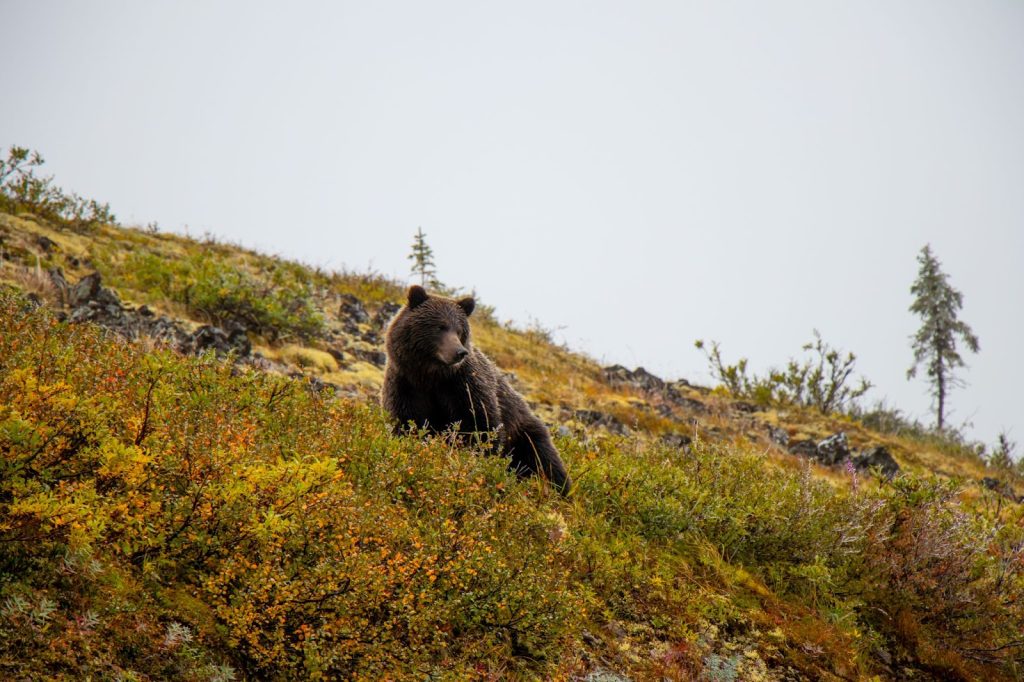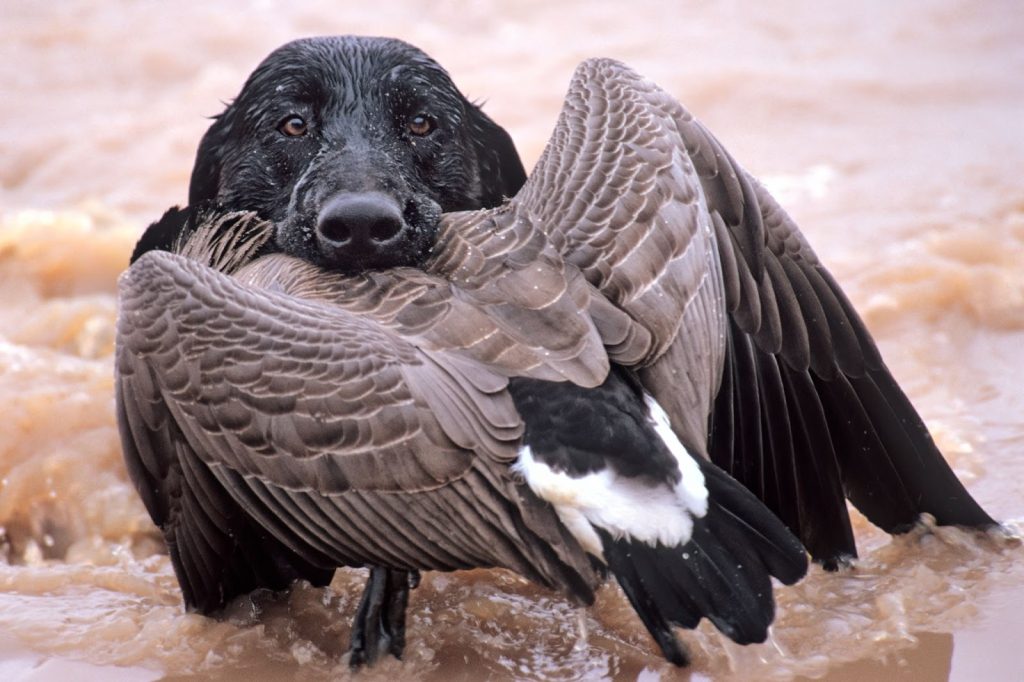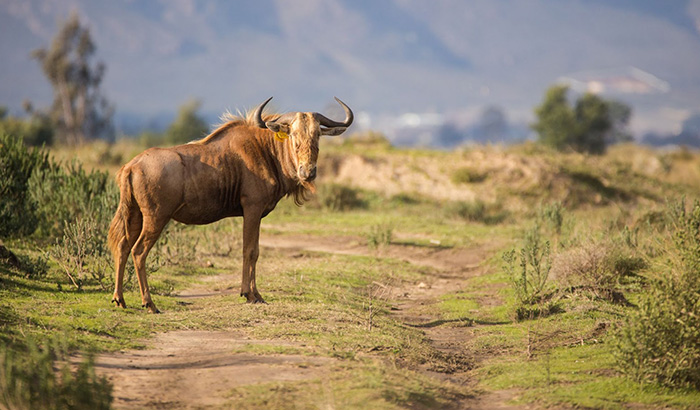Every year, social media showcases proud hunters on guided hunts posing with impressive catches destined for display in their homes. This activity, known as trophy hunting, involves specialized, licensed guided hunts targeting specific large game animals for sport. What drives this controversial activity?
Trophy hunting extends beyond the mere capture of an animal; it represents a rich blend of tradition, conservation efforts, and intense personal challenge, all facilitated through guided hunts.
This guide delves into trophy hunting, examining its regulations, its role in wildlife management through guided hunts, and its ability to captivate and divide opinions worldwide.
Whether you’re a seasoned hunter familiar with guided hunts or are curious about this age-old sport, understanding the intricacies of trophy hunting offers a fresh perspective on the dynamic relationship between humans and the majestic animals they pursue.
Understanding trophy hunting
Trophy hunting involves hunters choosing specific types of large game animals, including lions, bears, elephants, and rhinos, for a hunting excursion. Hunters typically aim to keep a part of the animal, such as the head, horns, or skin, as a trophy to display in their homes or businesses.
This activity involves more than obtaining animal parts; during a hunting excursion, hunters view it as a sport where they invest significant amounts of money and take pride in their hunting prowess. Many see it as a way to test their skills, gain bragging rights, or even compete for records on a hunting excursion.
The economics and ethics of trophy hunting
The trophy hunting industry is substantial, involving taxidermists who prepare the animal parts for display in various settings, from residential homes to commercial establishments like hotels and restaurants. However, the practice is regulated. Hunters cannot hunt any animal anywhere or use any weapon during their hunting excursions.
These regulations manage which animals are hunted, often focusing on older males past their prime breeding age. This selective process contributes to broader conservation efforts to maintain healthy population dynamics within species.
Ethical debates also surround the trophy hunting industry, as critics argue it can be cruel and may contribute to negative perceptions of wildlife conservation.
On the other hand, supporters claim that the money generated from hunting fees supports local communities and funds critical conservation work. This conflict raises questions about the balance between economic benefits and animal welfare.
Historical context
The concept of trophy hunting has evolved significantly over the centuries. In the 1800s, as animal populations declined, hunters started focusing more on mature males to conserve younger, fertile females. This shift was part of broader wildlife management and conservation strategies that have continued to develop.
In the 20th century, the growth of trophy hunting sparked widespread debate, leading to stricter regulations and even bans in some areas. Despite this, the industry has grown, especially in places like Africa, where game ranches began in the 1960s, and have since expanded to thousands of operations across millions of hectares.

Trophy hunting by the numbers
Trophy hunting in the U.S. saw a significant influx of animal trophies between 2005 and 2014, with hunters importing over 1.26 million trophies. Canada emerged as the leading supplier of these imported trophies. Certain species stood out among the wildlife brought into the U.S. due to their popularity.
The most frequently imported included:
- Snow Goose.
- Mallard Duck.
- Canada Goose.
- American Black Bear.
- Impala.
- Common Wildebeest.
- Greater Kudo.
- Gemsbok.
- Springbok.
- Bontebok.
The allure of large game animals was even more pronounced with certain iconic species, such as lions, rhinos, elephants, buffalo, and leopards. These majestic creatures mainly came from Africa, highlighting species like the lion, elephant, leopard, buffalo, and, notably, the Southern White Rhino.
Across the border, Mexico’s hunting industry thrives with an estimated value of about $200 million. The country is home to roughly 4,000 hunting ranches that cater to trophy hunters seeking diverse species.
This robust market illustrates the substantial economic impact and the enduring appeal of trophy hunting on a global scale, blending sport with significant financial stakes. Frequently, trophy hunters target the oldest animals past their breeding age, those who wouldn’t survive another winter or dry season, or those who would die from exposure or starvation.
Conservation and controversy
One of the main arguments favoring trophy hunting is its role in conservation. Proponents argue that by targeting older animals, especially those past their breeding prime or nearing natural death, hunters help prevent overpopulation and maintain ecological balance.
The fees paid by trophy hunters can be substantial, providing critical funding for conservation programs and local communities.
However, this practice also faces strong opposition. Critics argue it promotes animal cruelty, disrupts local ecosystems, and may lead to negative genetic consequences by removing strong, healthy animals from the gene pool.
How to obtain a hunting permit
If you are interested in trophy hunting, obtaining a permit is essential. Each state in the U.S. has its own set of rules and requirements for hunting licenses and permits, which vary based on the species, location, and type of hunting.
Prospective hunters should consult their state’s wildlife resources division or similar authority, which provides guidebooks and other resources detailing how to apply for permits, including whether you need to enter a special drawing for certain species or areas. These resources are invaluable for ensuring that your hunting activities are legal and ethical and contribute positively to conservation efforts.

The role of the hunter
The image of a trophy hunter is often tied to the pursuit of the “ancient patriarch,” an older, often isolated animal that may no longer contribute to its species’ population growth. Most hunters agree that the ideal trophy hunter seeks such animals, providing them with a more dignified end than dying unnoticed in the wild.
This perspective views trophy hunting as a respectful interaction with nature, highlighting the hunter’s role in celebrating and preserving wildlife through their skills and dedication.
Trophy hunting remains a complex and polarizing issue, blending ethical debates, conservation concerns, and cultural traditions. Whether celebrated or criticized, it undeniably plays a significant role in modern wildlife management and the cultural landscape of hunting.
A quote from the great hunter Elgin Gates said it best:
“The true trophy hunter is a self-disciplined perfectionist seeking a single animal, the ancient patriarch well past his prime that is often an outcast from his own kind… If successful, he will enshrine the trophy in a place of honor. This is a more noble and fitting end than dying on some lost and lonely ledge where the scavengers will pick his bones, and his magnificent horns will weather away and be lost forever.” – Elgin Gates
Select R & K hunting as your trophy hunting guide!
When you partner with R & K Hunting, you tap into a network of wildlife experts who know the best hunting spots and understand the intricate behaviors of big game. Our guides spend countless hours in the field, enhancing your prospects for a successful and rewarding trophy hunt.
They dedicate themselves to improving your hunting skills and increasing your chances of securing a notable trophy.
R & K Hunting Co specializes in creating customized hunting adventures that align perfectly with every hunter’s unique preferences and experience levels. Whether you’re stepping into the wild for your first big game experience or a seasoned hunter aiming to add exceptional pieces to your collection, we tailor each adventure to meet your goals.
Embark on a trophy hunt with R & K Hunting, and enter a world filled with thrilling challenges and enriching learning opportunities. Each hunt is a journey into the heart of the wilderness, promising memorable encounters and spectacular trophies.
Start planning your adventure with R & K Hunting today, and prepare for the excitement of tracking and outsmarting the most coveted large game animals in their natural habitats.
Choosing R & K Hunting means gaining access to exclusive hunting grounds, benefiting from expert guidance, and practicing ethical hunting — all integrated into one fulfilling adventure. We ensure each hunt respects wildlife management practices and contributes to conservation efforts, providing you with an ethical path to pursue trophy hunting.
Contact R & K Hunting to arrange your next remarkable trophy hunting expedition and experience the thrill of the hunt in a responsible, unforgettable manner.

